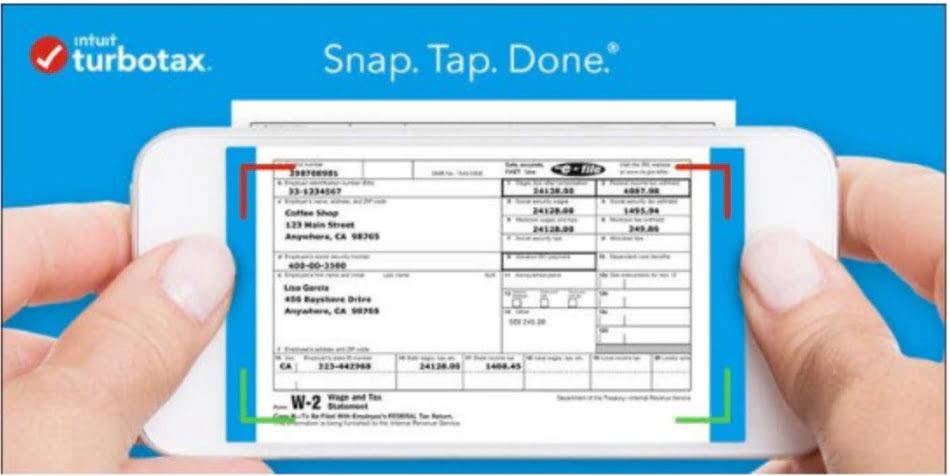
Suppose a company purchases inventory from a foreign supplier and the payment is due in a different currency. The company must record the transaction at the exchange rate on the transaction date and recognize any exchange rate differences that arise by the payment date as Accounts Payable Management a foreign exchange gain or loss. Accounting standards and regulations play a crucial role in the accurate recording of foreign currency transactions. These standards ensure consistency and transparency in financial reporting across different jurisdictions.
Accounting Jobs of the Future: How Staffing Agencies Can Help Land Them
Understanding these methods is important because they impact reported earnings, assets, and liabilities, influencing investment decisions and shareholder perceptions. With fluctuating exchange rates adding complexity, grasping the implications of different translation approaches is crucial. This helps manage currency risks and gives a clear picture of the company’s global performance to investors. Companies like Apple and Nike use currency translation methods for their global sales reports. Apple, for instance, saw 64% of its revenue from international sales at the end of 2020. Nike’s sales were up 9% overall, with a 7% rise when not foreign currency translation methods accounting for currency changes.
- The current rate way makes revenues look up-to-date, reflecting actual sales in today’s currency values.
- This helps investors see a clear picture, understanding how the company is really doing.
- This approach reflects the actual exchange rates at the time of asset acquisition or liability incurrence.
- This can be the currency of the parent country where headquarters are located or where most of the operations happen.
- Foreign currency translation converts foreign currencies into the parent company’s functional currency and then balances exchange rate differences.
Recap of the Key Points Covered
Big agencies and banks keep an eye on how companies report their money changes. However, let’s assume that the exchange rate changes when Company B closes the books at period end. For this example, we’ll say that when Company B closes the books on September 30th, 1 EUR is now worth 1.5 USD.

Definition and Purpose of Remeasurement
Choosing the wrong rate can result in misstatements and affect the accuracy of financial reporting. The translation of financial statements into domestic currency begins with translating the income statement. According to the FASB ASC Topic 830, Foreign Currency Matters, all income transactions must be translated at the rate that existed when the transaction occurred.

The FASB and IASB suggest rules to handle these money translation changes rightly, ensuring clear and consistent money talks. When a subsidiary is closely tied to the main company, they might use a different method. They look at each asset purchase, sale, or debt at the old exchange rate from when it happened. This gives a better look at the company’s past performance and where money accounting went over time.

This might not show how the company’s really doing now, especially when currency values change a lot. This reserve account accumulates all such exchange differences from the subsidiary over time. It is reported as a component of equity on the balance sheet until the foreign operation is disposed. Explore essential methods and considerations in FX translation for accounting, focusing on risk management and regulatory compliance. You need to ensure that all your financial statements use the reporting currency.
GAAP, particularly under ASC 830, also offers comprehensive guidance on foreign currency translation. It mandates the use of the current exchange rate for balance sheet items and the historical rate for income statement items. This approach helps in mitigating the impact of currency fluctuations on financial statements, providing a more stable and accurate financial outlook. Foreign exchange rate fluctuations can have a significant impact on financial reporting for companies involved in foreign currency transactions. Exchange rates between currencies can vary widely over time due to factors like economic conditions, political stability, market speculation, and central bank interventions. These fluctuations can affect the value of foreign currency transactions in the company’s financial statements, leading to potential gains or losses.

